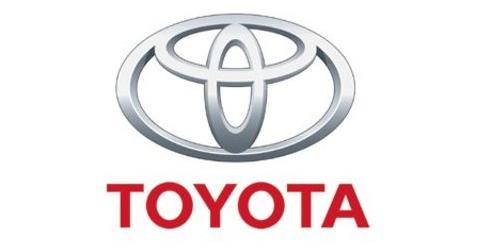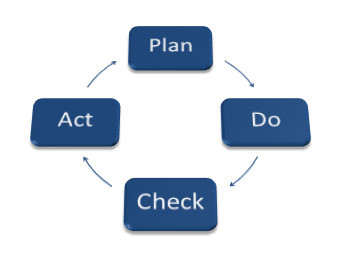Leadership Qualities – Top Qualities that Make a Great Leader
Leadership is a process of influencing the behavior of people at work towards the achievement of specified goal. The following elements must be present in the leadership:
- It is the process of influence;
- The influence is always for achievement of common goal;
- There must be minimum two or more persons present; influencing your own behavior is not leadership.
- The influence should be to get the willing co-operation of the employees and not the forceful co-operation.
A person must possess the following qualities to be a good and effective leader.
- Physical qualities. Good physical features attract people.




